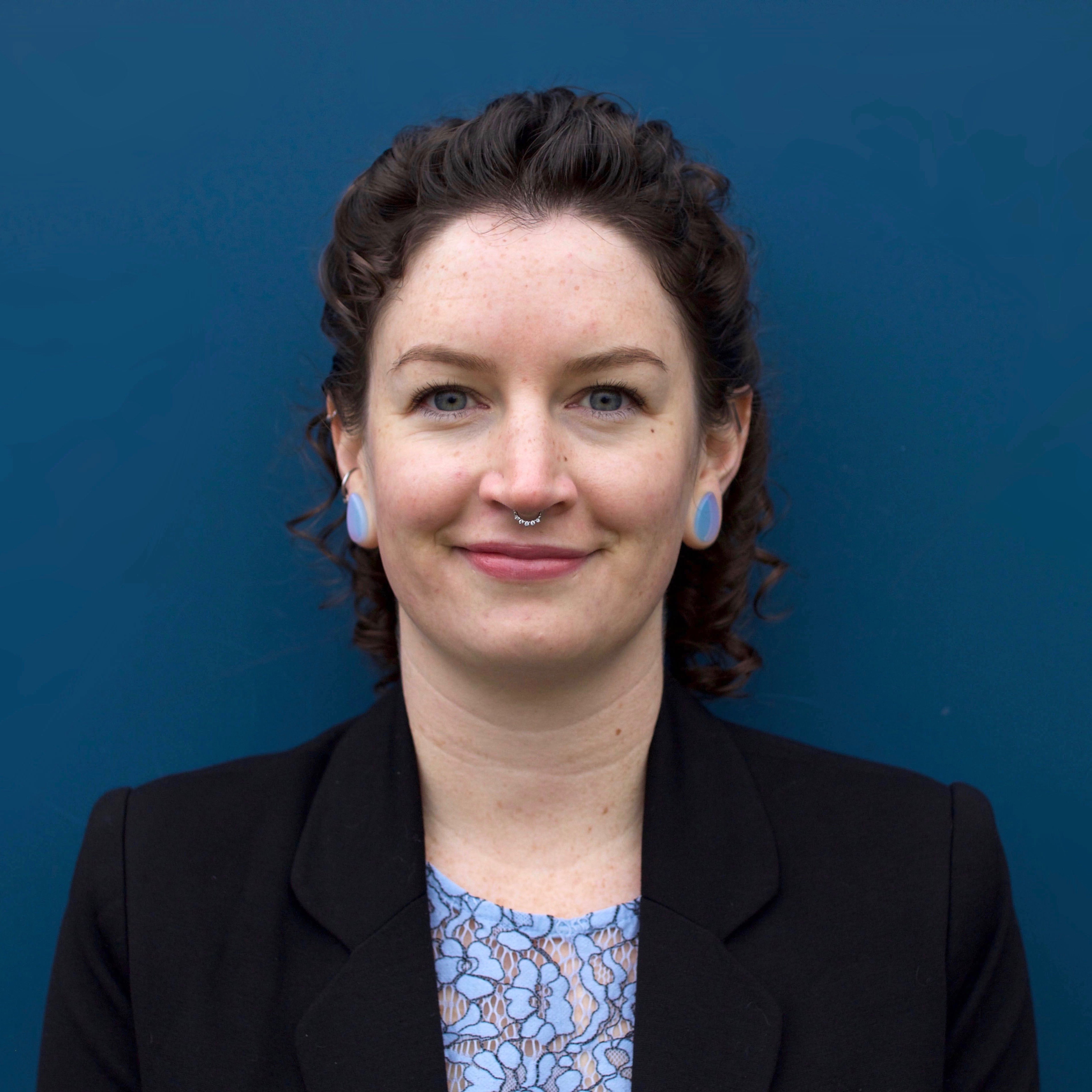About CPERS
Imaging permafrost
Electrical resistivity tomography (ERT) is a geophysical method that images subsurface resistivity.
This method is well-suited for mapping permafrost because earth materials tend to be much more resistive when they're frozen.
ERT doesn't require drilling, excavation, or clearing, so natural conditions are minimally disturbed.
The climate is warming rapidly in the North, causing permafrost to warm and thaw.
This has significant consequences for infrastructure, ecology, water resources, climate, and way of life.
To better understand changing permafrost conditions, ERT has been increasingly used by industry, academia, and governments.
However, most datasets are unpublished and are very difficult to find and access.
To make this data more accessible, we created a platform where data can be easily stored and viewed.
This project aims to facilitate collaboration and enable a deeper understanding of permafrost environments across Canada and how they are changing over time.
The project
Canadian Permafrost Electrical Resistivity Survey next practices and database (CPERS) was a postdoctoral research project within NSERC PermafrostNet and was completed in March 2023, with an update in March 2025. The goals of this project were to:
1) Develop a manual of best practices for ERT data acquisition in permafrost environments
2) Create online tools for standardized data processing
3) Build an accessible database of ERT surveys of permafrost in Canada
Together, these tools will help to optimize/standardize ERT data acquisition and processing and improve our understanding of how permafrost conditions are changing over a range of spatial and temporal scales.


Dr. Teddi Herring created CPERS during her postdoc at the University of Ottawa. She earned her PhD in geophysics from the University of Calgary, where she focused on using electrical resistivity tomography to monitor industrial sites in northern Canada for groundwater contamination. She continued to pursue her passion for environmental monitoring as part of NSERC PermafrostNet, where she paved the way for widespread sharing of geophysical permafrost monitoring data. She now studies changing permafrost conditions along the Hudson Bay Railway as a postdoc at the University of Calgary.

